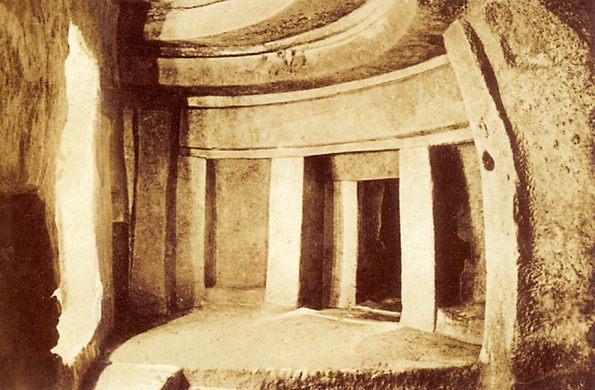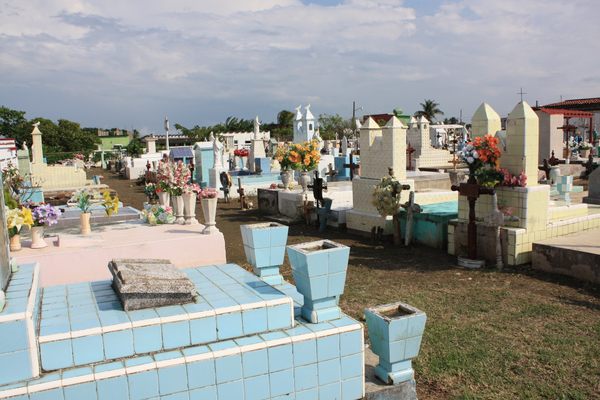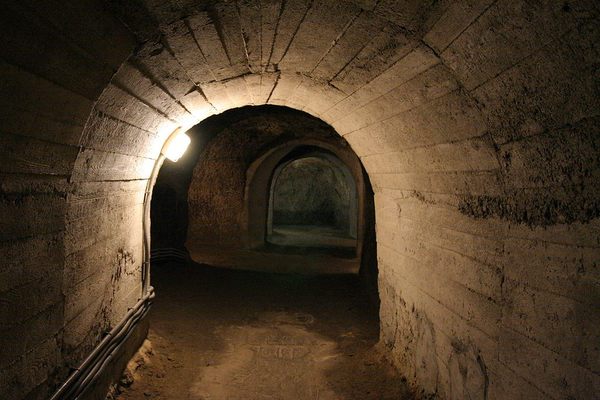Ħal Saflieni Hypogeum
This subterranean necropolis holds three floors of antler-dug grave caves.
A labyrinthine early neolithic catacomb complex and the burial ground of about… 7000 bodies or so.
Inhabitants of the small and arid island nation Malta have been digging cisterns for water storage for eons, but in 1902, while laborers worked on one, they stumbled into one of the most remarkable and well preserved neolithic sanctuaries yet found.
Buried only 10 meters beneath unpromising city streets lies an incredible network of elliptical chambers and winding corridors cut into the limestone. It is the only prehistoric burial site that is open to the public and is recognized by UNESCO. It is believed that its first chambers were cut into a small natural cave around 4000 BCE or earlier. Two even deeper levels are believed to have been finished centuries later, between 3000 and 2500 BCE. For context, the first megaliths at Stonehenge are thought to have been raised around 2500.
The Ħal Saflieni Hypogeum is also unique in that certain chambers, notably the “Holy of Holies” have shed light on what the insides of prehistoric structures may have looked like. For instance the corbelled ceiling has been taken as a hint that the temples on Malta’s surface, now uncovered, could have once sported similar roofs. The Oracle Chamber has beautiful red-ochre spiral motifs, while others house bones and clay figurines, or simply water.
Certain walls reveal that the complex was excavated by drilling the walls with antlers and then using stone (obsidian, flint, and chert) tools to break away the rock.
No matter how it was made, the Ħal Saflieni Hypogeum makes for a fascinating underground kingdom that makes modern burial techniques look quaint.
Know Before You Go
Advance reservations required. UNESCO limits the number of people admitted to 60 per day to carefully regulate light and Carbon Dioxide levels. Tickets now available online!

















Follow us on Twitter to get the latest on the world's hidden wonders.
Like us on Facebook to get the latest on the world's hidden wonders.
Follow us on Twitter Like us on Facebook